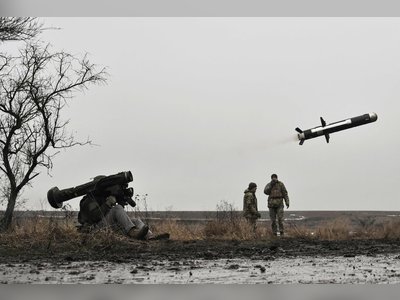
US stuck in a 'horrible plateau' of COVID-19 deaths, experts say. Here's why.
The pace of COVID-19 deaths has remained relatively steady since May, despite an uptick in July to about 400 a day, according to a USA TODAY analysis of Johns Hopkins University data.
“We’re sitting on this horrible plateau,” said Dr. Daniel Griffin, an infectious disease specialist with Pro Health Care in New York and a clinical instructor of medicine at Columbia University. “It’s been this way for the past couple of months, and we’re getting used to it.”
In July, more than 12,500 Americans died of COVID-19, according to the USA TODAY analysis.
Coronavirus deaths are similar to the number of influenza deaths normally reported during peak season, said David Dowdy, epidemiologist at the Johns Hopkins Bloomberg School of Public Health. A bad flu season in the USA could see more than 50,000 deaths.
That doesn’t mean COVID-19 mortality has reached that of flu, he said, as peak flu season lasts only about three months. Spread over the course of the year, Dowdy said, there would be about four times as many COVID-19 deaths than flu deaths.
COVID-19 is “like having to live in flu season year round, and that’s not what we do with the flu,” he said. “If we had to do that with the flu, we’d be instituting more measures than what we do.”
Most Americans who died of COVID-19 were immunocompromised or older than 75, experts said. These patients ranged in vaccination status – from being unvaccinated to receiving all their recommended vaccines and boosters.
What appears to make the biggest difference between patients who recover from COVID-19 or die, Griffin said, is whether they receive treatment within the first week of diagnosis.
“I can’t remember someone in my recent memory who did all the right things, who got the vaccine and got the proper early treatment, and ended up in the hospital and died,” he said.
The antiviral Paxlovid, from Pfizer, has been effective at keeping high-risk COVID-19 patients out of the hospital. But it’s losing esteem among providers and patients as public figures report rebound infections after taking the antiviral, Griffin said.
President Joe Biden, 79, tested positive for the coronavirus Saturday, three days after he twice tested negative and was thought to have recovered. His chief medical adviser, Dr. Anthony Fauci, 81, reported a rebound infection in June.
Although it appears more rebound infections are reported, Dr. Ashish Jha, the White House's COVID-19 response coordinator, said the rate of cases is probably about 5%. Most people aren’t tested as often as health officials, Jha said in a series of tweets Monday.
It’s not clear whether a rebound after taking the antiviral is different from a rebound without the drug. In the trial that led to Paxlovid’s authorization, 2% of those who took the medication and nearly the same percentage of those who didn’t experienced rebounds.
The uncertainty surrounding antivirals and other COVID-19 treatments may contribute to preventable deaths, Griffin said.
“A lot of clinicians are reading the popular press, and that’s where they’re getting their impression of things,” he said. “You have a five-day opportunity to reduce the disease progression, and once that window is closed, it’s closed.”
A monoclonal antibody called Evusheld fromAstraZeneca prevented severe disease in people with weakened immune systems who may not get full protection from vaccines. It provides long-lasting protection, but Griffin said some providers don’t recommend it to eligible patients.
“It’s not an easy lift,” he said. “You can’t just write a prescription. It’s still only being sent to certain places, and there’s a whole process for getting your patient enrolled.”
Some physicians consider it “an uncompensated and time-consuming lift,” he said, and prescribe other medications that aren’t suitable for early treatment, such as high-dose steroids.
Nearly 92% of Americans over 65 are fully vaccinated, and about 70% have received at least one booster, according to the Centers for Disease Control and Prevention. Reformulated COVID-19 booster shots targeting the omicron variant of the coronavirus are likely this fall, but health experts don’t expect they’ll have a significant impact on the death rate.
“The vaccines we already have are still highly effective against serious illness and deaths … so I don’t think the bivalent vaccines are going to be a game changer in that regard,” Dowdy said. “What they may do is help curb transmission somewhat because they may be more effective against infection.”
Experts said what will protect those at high risk of severe COVID-19 and death is staying up to date on recommended vaccines and seeking early treatment with proven therapies.
“This plateau now, as horrible as it is, is unfortunately lower than it’s going to be if we don’t do a great job this fall with boosters and improving education about how to properly manage COVID,” Griffin said.










